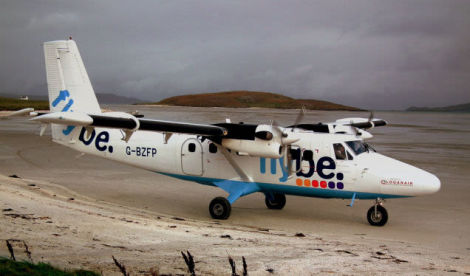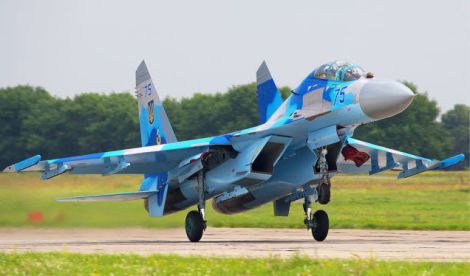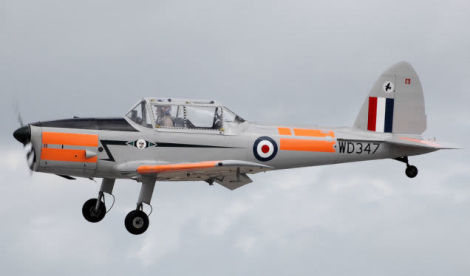Welcome to This Date in Aviation History, getting of you caught up on milestones, important historical events and people in aviation from May 20 through May 22.
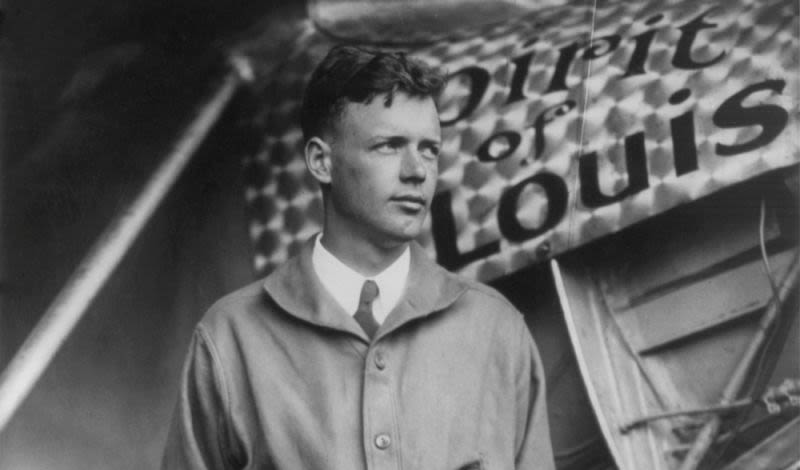
May 21, 1927 – Charles Lindbergh completes the first solo flight across the Atlantic Ocean. George Mallory was an English mountaineer who made three unsuccessful attempts to climb Mt. Everest in the early 1920s. When asked why he wanted to risk his life climbing the world’s tallest mountain, Mallory famously replied, “Because it’s there.” Unfortunately for Mallory, his third attempt in 1924 cost him his life, and his frozen body wasn’t found until 1999. As the history of aviation progressed from the earliest attempts at flight, it was natural that aviators would seek to break through barriers of speed, altitude and distance, and traverse natural boundaries that had never been crossed before. One of the first maritime obstacles was the English Channel, but beyond that, the oceans seemed an insurmountable barrier between continents.
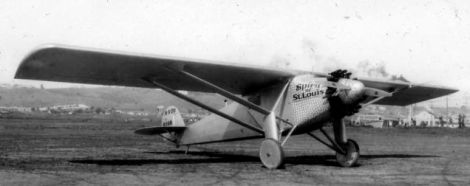
By the time Charles Lindbergh decided to have a go at crossing the Atlantic, the need to cross the ocean separating North American from Europe was no longer just because it was there, but because there was money to be made. Though he made an international name for himself with his crossing of the Atlantic, Lindbergh was by no means the first, nor the first to make the trip nonstop. That honor goes to the British duo of John Alcock and Arthur Brown, who made the flight from Newfoundland to Ireland in 1919 flying a Vickers Vimy. By the time Lindbergh made his flight eight years later, he was the 19th person to cross the Atlantic. But what made his flight significant was that he did not fly from the closest points between the continents. Instead, he flew between two major cities from which future passenger flights might originate. And he flew alone.
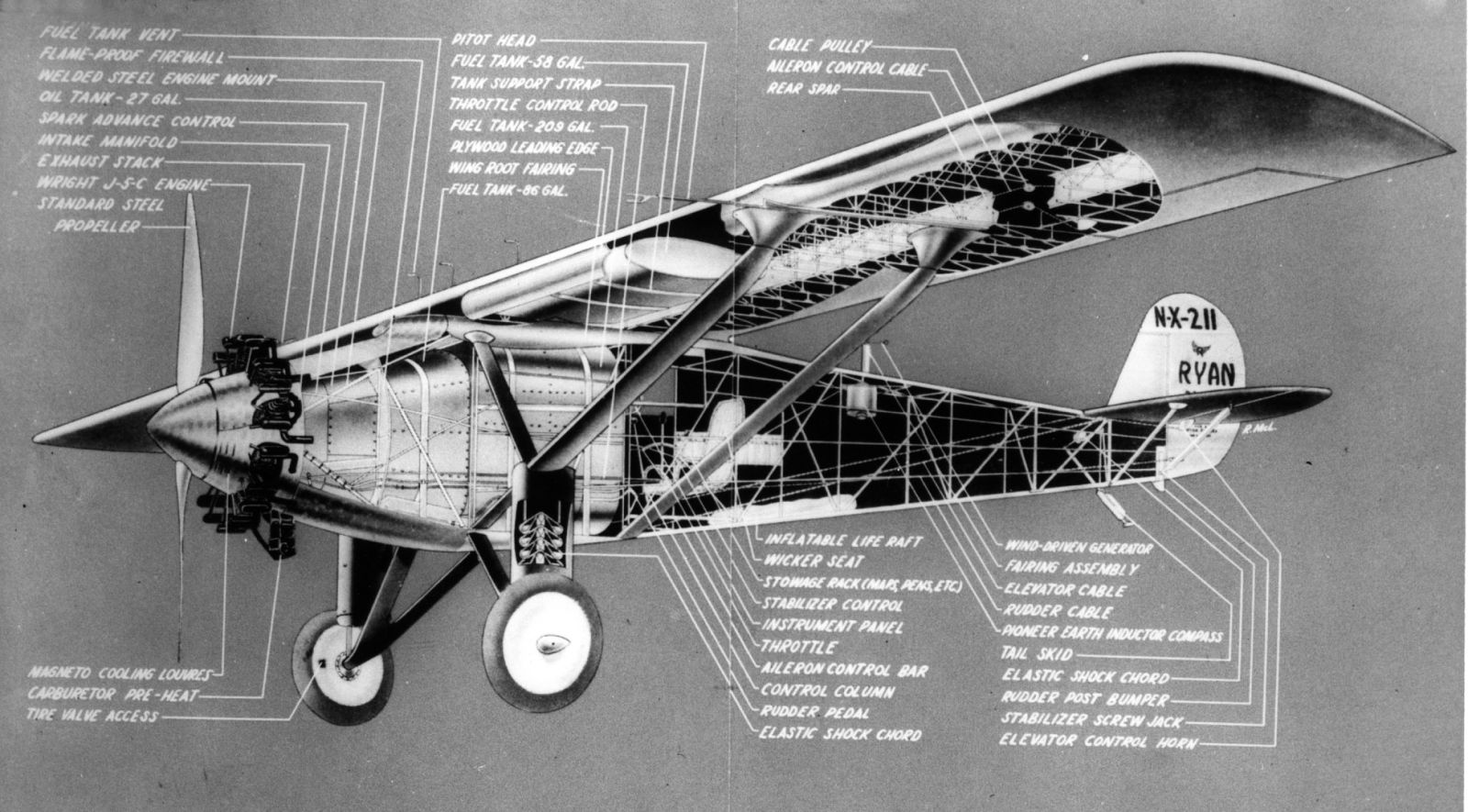
In the shadow of more famous aviators who tried—or died trying—to claim the the $25,000 Orteig Prize as the first aviator to fly either direction between New York and Paris, Lindbergh was a relative unknown, a civilian air mail pilot who struggled to find financial backing to fund his flight. Starting with $2,000 of his own savings, he eventually secured a loan from investors to purchase a custom built Ryan monoplane, officially known as the NYP (New York to Paris). The aircraft was christened Spirit of St. Louis in honor of the bankers and other financial supporters in the Missouri city who bankrolled his endeavor. The NYP was designed by Lindbergh and the Ryan Company’s chief engineer Donald Hall as a high-wing monoplane with a fabric skin and was powered by a Wright R-790 Whirlwind J-5C radial engine that provided a top speed of 133 mph. A 450-gallon fuel tank sat directly in front of the cockpit, and was separated from the engine by an oil tank. This meant that the Spirit had no front windscreen, and visibility was limited to two side windows. To see forward, Lindbergh had to yaw the aircraft to the left or right. The first flight of the NYP took place on April 28, 1927, just three weeks before Lindbergh’s attempt to cross the Atlantic.
On the morning of May 20, weighed down by 2,700 pounds of fuel, Lindbergh and the Spirit of St. Louis struggled to leave muddy Roosevelt Field on Long Island, only just clearing telephone lines at the end of the field. Once in the air, the early spring weather proved treacherous, and Lindbergh dealt with towering storm clouds and wing icing. He flew as high as 10,000 feet to pass a storm, and sometimes dropped as low as 10 feet above the waves in an effort to rid the wings of ice. Navigating by the stars at night and sometimes dead reckoning, Lindbergh landed at Le Bourget airport in France 33 hours after takeoff. He was greeted by 150,000 French spectators who mobbed him and his aircraft and carried him triumphantly around the field before both he and the Spirit were rescued by French troops. Lindbergh returned to the US as an international hero, and was feted with a ticker-tape parade in New York City. President Calvin Coolidge presented him with both the Distinguished Flying Cross and Congressional Medal of Honor, and the President of France awarded Lindbergh with the Légion d’honneur, France’s highest honor. Lindbergh’s later life would be troubled by the kidnapping and murder of his son, his views on racism, and his opposition to the war in Europe. Nonetheless, he supported the American war effort once the war began, and even flew combat missions as a civilian pilot. Towards the end of his life, Lindbergh became a staunch advocate for environmental issues, and died in Hawai’i on August 26, 1974.
Short Takeoff
May 20, 1965 – The first flight of the de Havilland Canada DHC-6 Twin Otter, a 19-seat twin-engine passenger and utility plane developed from the single-engine de Havilland Canada DHC-3 Otter. The Twin Otter is powered by a pair of Pratt & Whitney PT6A turboprop engines which gives it significantly greater capability than its single-engine predecessor. The primary design consideration for the Twin Otter was to replicate the Otter’s short takeoff and landing (STOL) characteristics which made them popular with bush pilots and airlines servicing small or remote airstrips. Production aircraft were delivered with either floats, skis, or tricycle landing gear, and Twin Otters remain in service the world over. Production was taken over by Viking Air in 2006, and over 900 have been built to date.
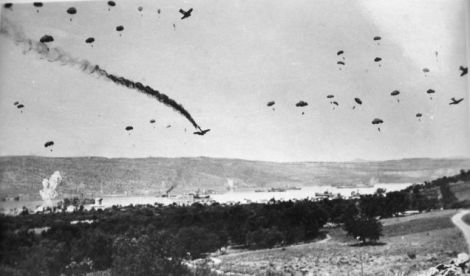
May 20, 1941 – Germany invades Crete in Operation Merkur. Beginning in 1940, the British occupied the strategic island of Crete in the eastern Mediterranean Sea and used it as a base from which to harass German troop movements in the area and to attack Romanian oil facilities at Ploiesti. Following the fall of Greece to Germany in 1941, Hitler set his sights on Crete, believing that taking the island would help protect his forces in the Mediterranean as well his supply of oil from Romania. Operation Merkur (Mercury) was carried out by more than 7,000 airborne troops (Fallschirmjäger, or paratroops), either parachuting from Junkers Ju-52 transports or arriving in DFS 230 gliders. The invasion marked the first large-scale airborne invasion in military history. Though initially slowed by the island’s garrison, German soldiers eventually captured the Maleme airfield, which allowed additional troops to be brought by air. Despite stiff resistance, Crete fell to the Germans on June 1, 1941 after 13 days of fighting.
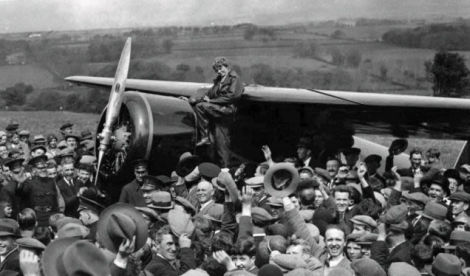
May 20, 1932 – Amelia Earhart becomes the first woman to make a solo flight across the North Atlantic. Five years after Charles Lindbergh’s famous solo flight across the Atlantic, Earhart took off from Harbour Grace, Newfoundland and, after facing strong northerly winds, icing conditions, and mechanical problems, landed in a pasture at Culmore, Northern Ireland just under 15 hours later. Upon landing, one of the local farmers who witnessed her arrival reportedly asked Earhart, “Have you flown far?” She replied, “From America!” Earhart was awarded the Distinguished Flying Cross for her achievement, but five years later she was lost at sea, along with her navigator Fred Noonan, during their attempt at circumnavigating the globe.
May 20, 1977 – The first flight of the Sukhoi Su-27, (NATO reporting name Flanker), a highly maneuverable air superiority fighter designed by Sukhoi as a direct competitor to the American Grumman F-14 Tomcat and McDonnell Douglas F-15 Eagle. The Su-27 entered service in 1985, where its primary mission was the defense of the Soviet Union from American bombers such as the Rockwell B-1B and Boeing B-52. Though it was designed initially as an air superiority fighter, the Su-27 has proven to be adaptable to a wide range of missions, and Sukhoi developed numerous variants, including the Su-30, a two-seat deep strike aircraft, the Su-33 naval variant, the Su-34 strike fighter/bomber and the Su-35.
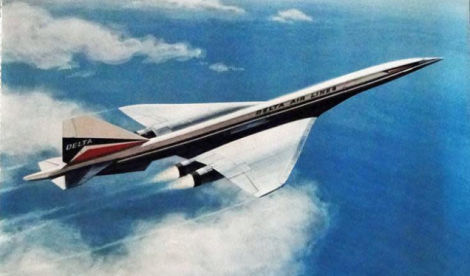
May 20, 1971 – The US House of Representatives votes to end government funding of the Boeing 2707 supersonic transport. In 1961, the US government committed to building its own supersonic transport (SST) to compete with the European Concorde and Russian Tupolev Tu-144. Coming late to the challenge, the Americans decided to compete by making an SST that was larger than either of its competitors and could accommodate as many as 247 passengers. However, the realities of supersonic transport were hard to conquer, and high fuel consumption in an era when the general public was starting to take a concern in the health of the environment, along with worries over sonic booms and ozone pollution, made SSTs unpopular. By 1971, despite orders for 115 aircraft from 25 airlines, Congress cut funding for the B2707. The two prototypes were never completed, and Boeing was forced to lay off as many as 60,000 employees who had been working on the project.
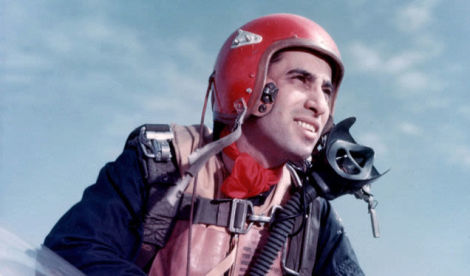
May 20, 1951 – US Air Force Captain James Jabara becomes the first American jet fighter ace. Following two combat tours in Europe flying the North American P-51 Mustang during WWII, Jabara transitioned to the the North American F-86 Sabre and continued his service as a fighter pilot during the Korean War. Fighting against Soviet-built MiG-15 fighters, Jabarra scored his first victory on April 3, 1951, and scored his fifth and sixth victories on the same day a month later. Jabara ended the war with 15 tallies, earning him the title of “triple ace.” He was awarded the Distinguished Service Cross, the Silver Star, the Distinguished Flying Cross, the Air Medal, and the British Distinguished Flying Cross. Jabara went on to various commands after the war, but died along with his daughter in a car crash in 1966. Jabara and his daughter are both interred at Arlington National Cemetery in Washington, DC.
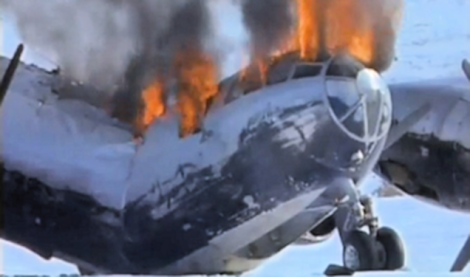
May 21, 1995 – Boeing B-29 Superfortress Kee Bird catches fire and burns during an attempt to take off from Greenland. On February 21, 1947, a US Army Air Force Boeing B-29 Superfortress crash landed in Greenland during a secret Cold War spying mission. The crew was rescued after three days on the Arctic ice, but the aircraft, damaged though mostly intact, was left behind. Beginning in 1994, restoration crews dug the plane out of the ice and snow and began working to make the B-29 airworthy so it could be flown to the United States for a full restoration. By the spring of 1995, Kee Bird was ready to be flown. As the bomber rolled on takeoff, a fuel tank rigged to the B-29’s auxiliary power unit started leaking, leading to an uncontrollable fire. The crew escaped without serious injury, but Kee Bird was completely destroyed, and its charred remains still lie on the Greenland ice.
May 21, 1975 – The first flight of the Rutan VariEze, a composite, homebuilt aircraft designed by aeronautical engineer Burt Rutan that features a forward canard control surface and swept wing based on Rutan’s earlier work with the VariViggen. Rutan debuted the aircraft at the EAA AirVenture in Oshkosh, Wisconsin, where he set a distance record for its class of 1,638 miles. Rutan designed the VariEze specifically to help reduce the plane’s susceptibility to spin/departure and stalling when compared to other homebuilt aircraft, and he began selling the designs to aircraft homebuilders in 1976. By the end of 1979, he had sold 4,500 sets of plans. Rutan stopped selling plans for the VariEze in 1985 to focus on his company Scaled Composites.
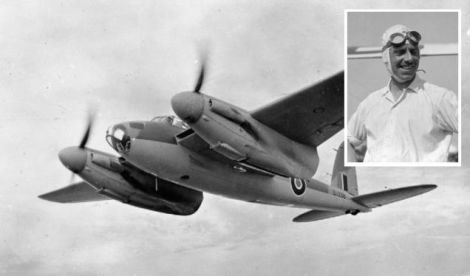
May 21, 1985 – The death of Sir Geoffrey de Havilland. Born on July 27, 1882, de Havilland was a British aviation pioneer and aeronautical engineer who was responsible for some of the preeminent military aircraft of WWII. De Havilland built his first aircraft in 1910, and formed the de Havilland Aircraft Company in 192o. His company produced the de Havilland Mosquito multi-role fighter/bomber during the war and, as part of the Brabazon Committee, de Havilland oversaw the production of the de Havilland Comet, the world’s first jet-powered airliner. De Havilland remained in control of his company until it was bought by Hawker Siddeley in 1960, and he died at the age of 82.
May 22, 1946 – The first flight of the de Havilland Canada DHC-1 Chipmunk, a tandem, two-seat primary trainer and the first aviation project to be undertaken by de Havilland Canada following WWII. The Chipmunk was developed as a replacement for the de Havilland Tiger Moth biplane trainer and was initially adopted by the Royal Air Force and Royal Canadian Air Force. It was ultimately flown by 19 other nations, and also became a popular civilian aircraft used for training, aerobatics, and crop spraying. Some were modified for aerobatics as the Super Chipmunk, with strengthened fuselage and wings, retractable landing gear, clipped wings, and a more powerful engine. Almost 1,300 were produced from 1947-1956.
Connecting Flights
If you enjoy these Aviation History posts, please let me know in the comments. You can find more posts about aviation history, aviators, and aviation oddities at Wingspan.
